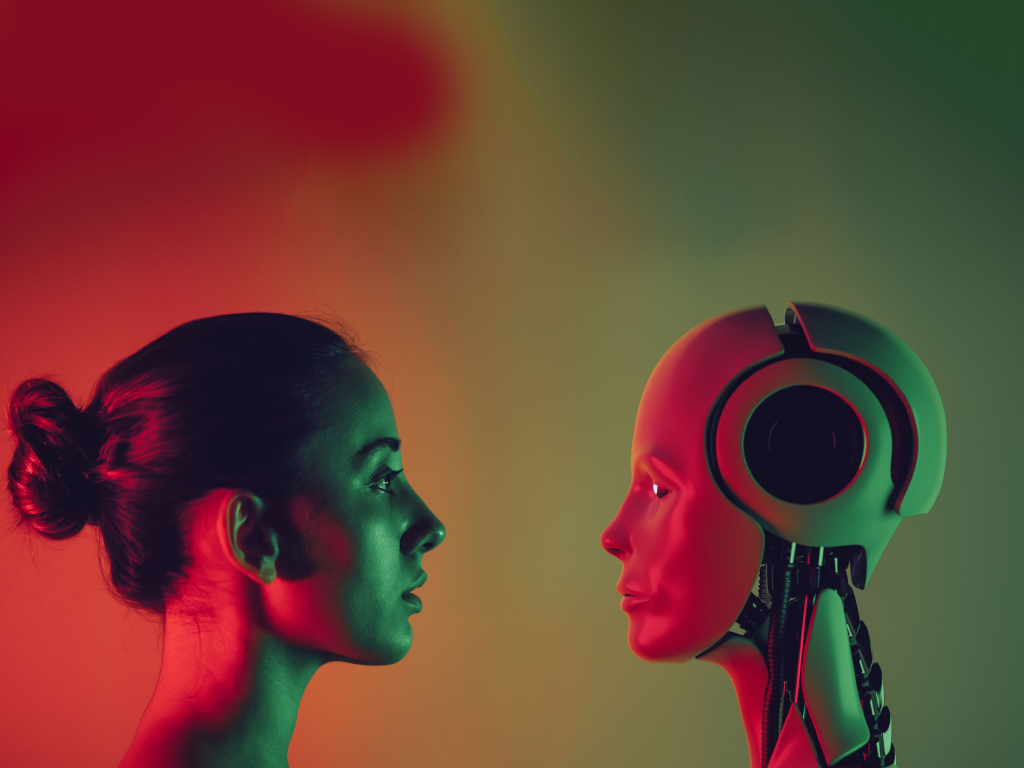Reading Time: 4 minutes
In the age of rapid technological progress, where artificial intelligence (AI) is reshaping industries and revolutionizing the way we work, It is more important than ever to keep in mind that people are the foundation of all organizations. As businesses embrace AI technologies to streamline processes, boost efficiency, and drive innovation, they must not overlook the well-being of their most valuable asset – their employees. Prioritizing employee well-being not only fosters a positive workplace culture but also plays a pivotal role in building trust and ensuring the successful integration of AI systems. Let’s delve into why putting people first is essential in the age of AI and explore actionable strategies for creating a workplace environment that promotes holistic well-being.
The Human Development Index (HDI) and Global Wellness Index Insights
Before delving into the discussion, let’s take a moment to understand the context. As per the global Human Development Index (HDI) of 2021, India ranks 132 out of 191 countries. Similarly, the Global Wellness Index 2020 reveals that India ranks 120 out of 151 countries, with an overall wellness score of 47.8 out of 100. These figures highlight how urgent it is to address issues related to well-being, especially at work.
Government Initiatives and Organizational Commitment

Recognizing the importance of employee well-being, the Government of India has initiated several programs focusing on wellness, such as the National Action Plan, Ayushman Bharat Initiatives, the National Tele-Mental Health Programme, and the Occupational Safety and Health (OSH) Code. However, fostering a culture of well-being isn’t solely the responsibility of the government. When it comes to fostering work environments where employees flourish, organizations are essential.
Understanding the Levers of Holistic Well-Being

Organizations that prioritize employee well-being understand that it is an integral part of workplace culture. They see to it that workers receive possibilities for growth and development, psychological safety, inclusion, and true caring.
According to our Wellness Report, there are six key levers that drive holistic well-being at the workplace:
1. Responsible Leadership: Leaders who prioritize well-being set the tone for the organization. By demonstrating empathy, transparency, and a commitment to employee welfare, they inspire trust and loyalty.
2. Health: Promoting physical and mental health through wellness programs, access to healthcare resources, and stress management initiatives is essential for employee well-being.
3. Supportive Managers: Managers play a crucial role in employee experience. Those who prioritize well-being foster open communication, provide mentorship, and offer support during challenging times.
4. Sense of Community: Creating a friendly workplace where people feel appreciated and connected is achieved through fostering a sense of camaraderie and belonging among staff members.
5. Autonomy and Fulfillment: Empowering employees with autonomy over their work and opportunities for personal and professional growth enhances job satisfaction and overall well-being.
6. Enabling Work Environment: Creating a workplace that is conducive to well-being involves factors such as flexibility, work-life balance, ergonomic design, and a culture that values diversity and inclusion.
The Role of AI in Employee Well-Being
Although AI has the power to spur innovation and change industries, its application must put human-centric principles first. Organizations should leverage AI technologies to augment human capabilities, streamline repetitive tasks, and create opportunities for employees to focus on meaningful work. By automating mundane tasks, AI can reduce employee burnout and free up time for personal development and creativity.
Furthermore, AI can be utilized to enhance employee well-being by analyzing data to identify patterns related to stress, productivity, and engagement. This data-driven approach enables organizations to proactively address issues, tailor interventions, and create personalized experiences for employees.
Building Trust Through People-Centric Practices
In the age of AI, building trust between employees and technology is paramount. Employees must feel confident that AI systems are designed with their well-being in mind and that their jobs are not at risk of automation without adequate support and upskilling opportunities.
Transparent communication about AI implementation, its intended impact on employees, and the measures in place to ensure their well-being is essential for building trust. Companies should ask for input from staff members, address issues honestly, and involve them in decision-making.
Employees that participate in training and upskilling programs are also more equipped to adjust to technology advancements and stay competitive in the job. Organisations cultivate a culture of perpetual learning and advancement by exhibiting a dedication to staff development.
As organizations navigate the complexities of AI implementation, it is imperative to prioritize employee well-being as a foundational principle. By putting people first, organizations not only create a positive workplace culture but also build trust and resilience in the face of technological disruption. By leveraging AI to enhance rather than replace human capabilities, organizations can create environments where employees thrive, innovate, and contribute to the long-term success of the organization. In the age of AI, let’s remember that the true measure of success lies in the well-being and fulfillment of our employees.





